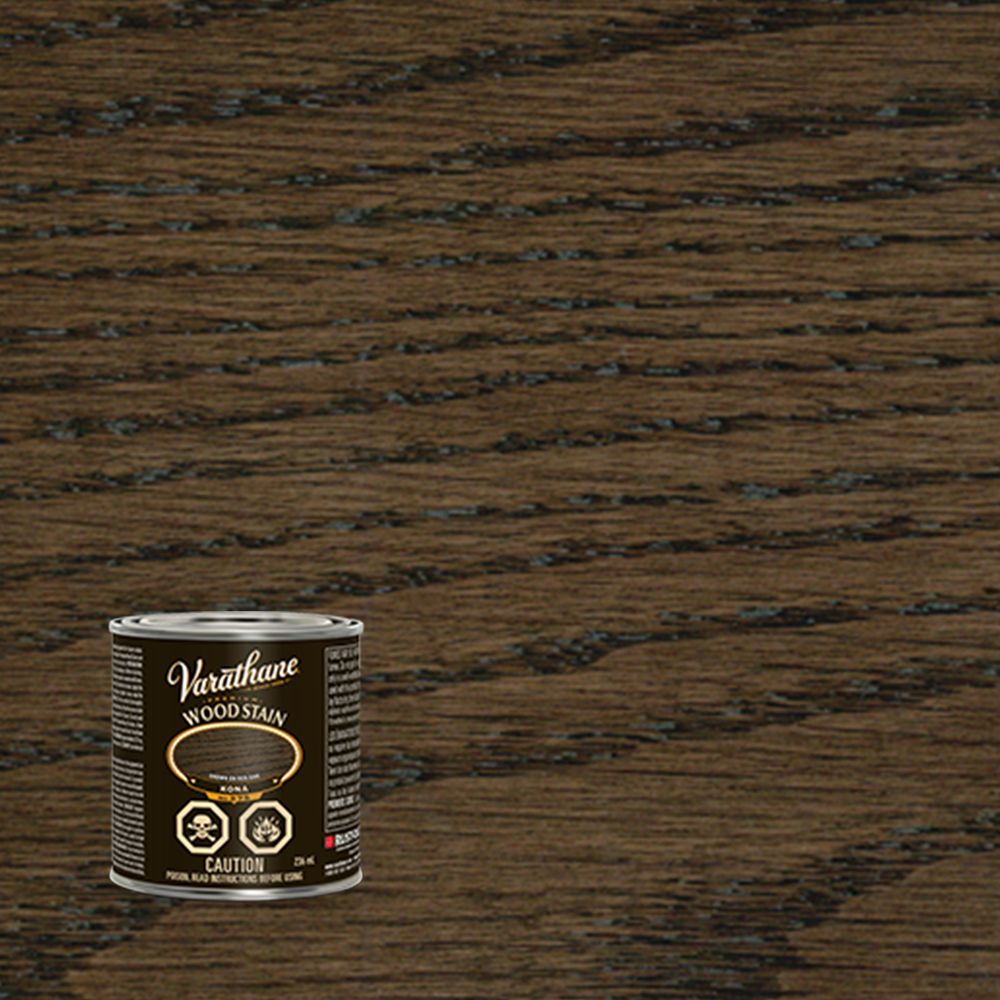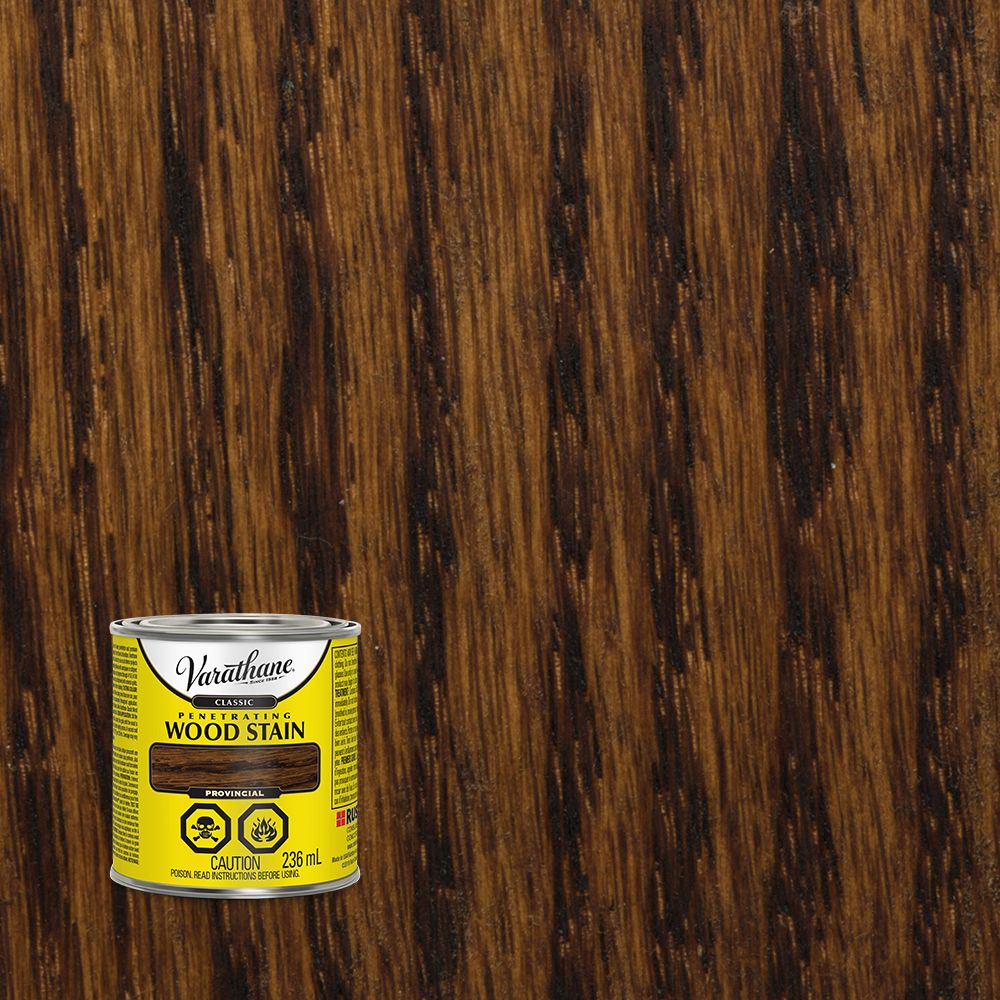

The sheen is almost invisible, with a 15-30% gloss level. Matte polyurethane contains the most flattening paste, which means it reflects the least amount of light. Stirring ensures a uniform result by distributing the paste evenly throughout the product. That’s because the zinc oxide sinks to the bottom of the can as it sits on the shelf. The instructions on all polyurethane cans say to stir well before use.

Zinc oxide paste is added in different amounts to flatten the shine. In terms of appearance, all polyurethane starts out as a high-gloss finish. It makes the wood water-repellent but not waterproof.īesides the functional benefits, the polyurethane you choose has a significant impact on the look of the wood. Polyurethane protects wood surfaces, such as floors, furniture, and cabinets, from damage, stains, dirt, and wear. It hardens when you apply it to wood and forms a flexible, protective layer. Polyurethane is a clear liquid made from synthetic resin. Bottom Line: Should You Choose Matte or Satin Polyurethane?.FAQs About Matte and Satin Polyurethane.What Experts Say About Matte vs. Satin Polyurethane.Use the links below to navigate the comparison: I’ll also share some insights from experts and answer the most frequently asked questions regarding both finishes. satin polyurethane, you’ll learn how they compare in appearance, durability, upkeep, and more. That’s the basic difference, but there’s more to know before choosing. Satin is also a low-sheen finish, but it reflects more light, making it slightly shinier. Matte reflects almost no light, giving it a dull, low-sheen look. The key difference between matte and satin polyurethane is the appearance. Are you planning to refinish wood floors, cabinets, or furniture but can’t decide whether to use matte or satin polyurethane?


 0 kommentar(er)
0 kommentar(er)
